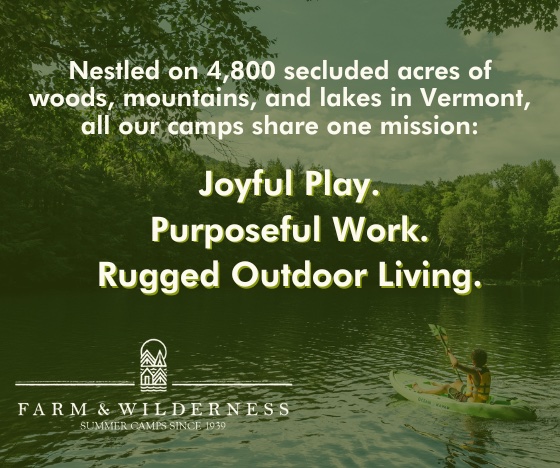By Darby Bradley
Editor’s note: Darby Bradley has worked for the Vermont Land Trust in many roles since its founding, including a stint as president.
For the Vermont Land Trust (VLT), land conservation has always been about more than simply protecting land. When Rick Carbin founded the organization in 1977, he was already thinking about housing and economic development as well as the preservation of farm and forest land. The value of building connections between land, people and communities, remain at the forefront of the organization today, despite the myriad of new challenges that our land, our communities and our state now face.
Conservation is about protecting what matters in communities. In many communities this has meant ensuring the intergenerational transfer of farms, as it did in the early 1980s with the Hollister Hill Farm in Marshfield. In Addison and Franklin Counties, 230 working farms were conserved between 1995 and 2005. Established farmers who sold development rights received payments for protecting their land which they reinvested in the farm. By first selling development rights, retiring farmers could sell their farm at its agricultural value to a younger generation, who brought new energy, capital and business practices to Vermont’s agricultural economy.
In other regions of Vermont this has meant conserving forestland, which supports the forest products and recreational industries. During that same decade, over 270,000 acres of forest land were conserved throughout Vermont. The 132,000-acre Champion Lands Project, for example, helped ensure that the Northeast Kingdom’s growing snowmobiling and mountain biking industries, as well as hunters, anglers and hikers, would always have access to this huge section of Essex County. This investment, made decades ago, continues to offer and add value today through the recreational use of the land as well as carbon storage.
At the same time, dozens of community projects — like Hogback Mountain in Marlboro, Casey’s (sledding) Hill in Jericho, and the face of Mt. Equinox in Manchester — were completed with the active participation of local residents. In some cases, VLT was able to donate land for a specific community purpose, including for an assisted living center in East Craftsbury and for affordable housing and expanded public facilities in Hancock village.
It was also during this period that VLT began working with communities that have been historically marginalized. In Highgate and Brunswick, VLT helped protect land that was important to the Abenaki Nation’s history and culture. In Fletcher and Reading, it facilitated the creation of residential camps for low-income children. In Colchester, VLT purchased and then leased out Pine Island Farm for New American immigrants from Africa and Asia.
As new challenges arise — increasing home values, an ever-changing agricultural economy, the need for greater equity and inclusion for all Vermonters, and climate change, VLT is evolving to confront these issues. To do so, VLT will be focusing on projects with multiple community benefits, such as the conserved Bluffside Farm in Newport, which now hosts a recreation path along the shores of Lake Memphremagog, along with vegetable gardens that serve the local hospital; projects in underserved communities that provide easy access to the outdoors, such as the new outdoor classroom at the Mettowee Community School in Pawlet; and projects that protect precious resources in the face of climate change, such as West Mountain in Shaftsbury and Arlington.
In all of these accomplishments, VLT credits the active support and assistance of many partners, including VHCB and other land conservation organizations, governmental agencies, funders, community volunteers and, most importantly, landowners. While challenges change and VLT evolves, it will continue to value, promote and conserve those connections between people, communities and the land that Rick Carbin first espoused so many years ago.




